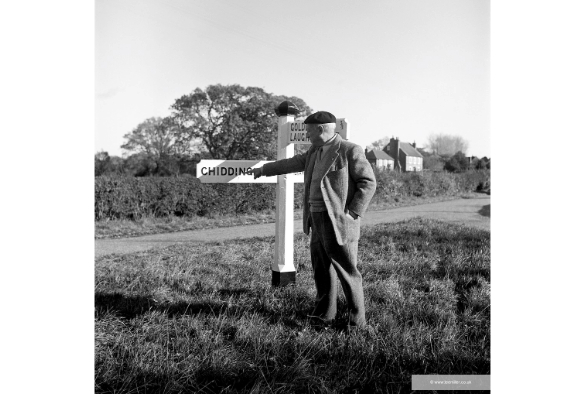
The University of Liverpool’s Victoria Gallery and Museum (VG&M) presents photography exhibition, LEE MILLER – Friends at Farleys.
On from Saturday 23 March – 30 November 2024, this free exhibition of 35 exclusive photographic prints taken in the 1950s, capture Miller and her husband at their farmhouse in the East Sussex countryside.
The property, named Farleys House, was bought by Miller and her husband, the Surrealist artist Roland Penrose, in 1949. Here, they raised their son Antony and entertained their wide circle of creative friends drawn from the worlds of art, literature, theatre and film. Among the most notable artists who stayed were Pablo Picasso, Man Ray, Max Ernst, Dorothea Tanning, Richard Hamilton and Reg Butler, all of whom were caught by Miller’s camera.
In this exhibition, Miller’s warm and witty photos capture the convivial atmosphere of Farleys House. At its heart is a selection of tongue-in-cheek portraits Miller took for an article called Working Guests, published in British Vogue’s July 1953 edition. Here visitors are apparently set mundane household tasks including gardening, preparing food and looking after farm animals.
Lee Miller (1907 – 1977) is one of the most important and revered photographers of the 20th century. Her varied career began in the 1920s as a fashion model in her native New York, but by the end of the decade she preferred to work behind the camera. She was part of the Surrealist avant-garde in 1930s Paris, then an official correspondent for the U.S. Army during World War II. She was also a highly sought after fashion photographer whose work appeared in British and American Vogue.
The works have been loaned from the Lee Miller Archives based at Farleys House as part of their 75th anniversary celebrations.
Nicola Euston, Head of Museums and Galleries at the University of Liverpool, said: “We are thrilled to present this exhibition of Lee Miller’s work. In this age of the selfie and the casual snap of friends and family it is inspirational to see how this brilliant photographer cajoles those around her to create interesting poses in a domestic environment.
“We’re delighted to participate in the 75th anniversary year of Farleys House and be part of their celebrations.”
More about Lee Miller
Miller was born in Poughkeepsie, New York in 1907, and first became known in the 1920s as a successful fashion model working with leading photographers of the day. However, she quickly decided that she would “rather take a picture than be one”, and in 1929 she moved to Paris to work alongside Man Ray, the Surrealist artist and photographer, establishing her own pioneering photographic studio.
Miller moved back to New York in 1932, setting up a photographic studio there. But then was to meet and marry the wealthy Egyptian businessman Aziz Eloui Bey and relocating with him to Cairo.
Life took another turn when she visited Paris in 1937 and met the British Surrealist artist Roland Penrose, whom she later married. At this point she was freelancing as a photographer for Vogue, yet in 1944 Miller was appointed an official correspondent for the US Army working alongside her friend, the LIFE photographer David E. Scherman, as they covered the front-line war in Europe. She documented the Liberation of Paris as well as traumatic scenes at the liberation of Buchenwald and Dachau Concentration Camps. She billeted in and photographed Hitler’s house in Munich.
After the war Miller turned back to fashion photography but made a major life-change after the birth of her son Antony. She and Penrose bought Farleys, set in the East Sussex countryside and she gradually dialled back her photographic work to become an award-winning cook, taking inspiration from her life-long love for Surrealism.
Lee Miller died at Farleys in 1977.
For more information about Lee Miller see the Lee Miller Archives
Image credit: Picasso by the signpost, 1950 © Lee Miller Archives, England, 2024. All rights reserved.